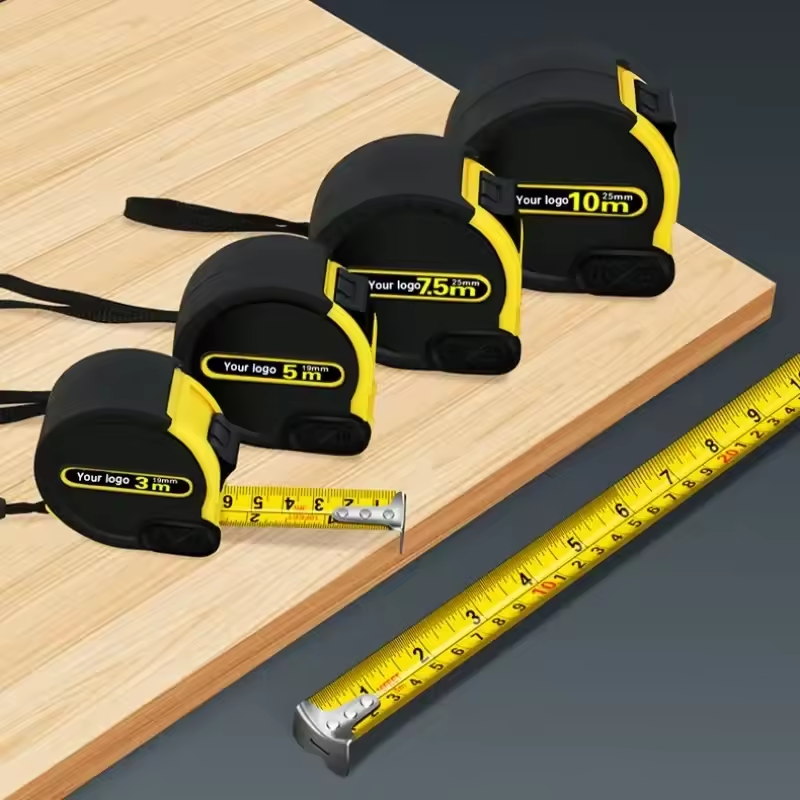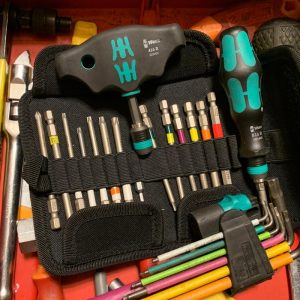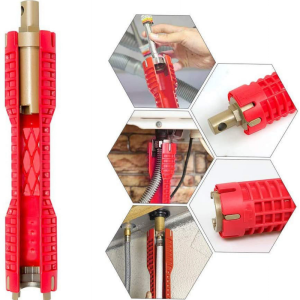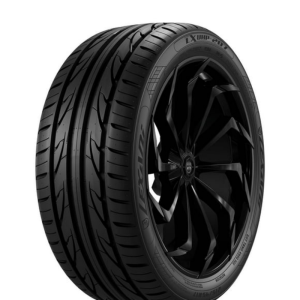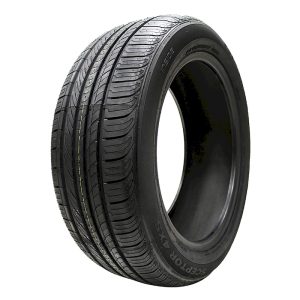
Maintaining your motorcycle is crucial for safety, performance, and longevity. One of the most vital components of your bike is its tires. Knowing how to check for worn motorcycle tires can help you avoid dangerous situations on the road. This guide will walk you through identifying tire wear, understanding the importance of tire maintenance, and knowing when to replace your tires.
Understanding Tire Wear
Types of Tire Wear
How to check for worn motorcycle tires? Tires can experience several types of wear, each indicating different underlying issues. Recognizing these patterns is essential for ensuring your motorcycle remains safe to ride.
- Center Wear: This occurs when the tire’s center tread wears down more than the edges. It typically results from overinflation or riding at high speeds.
- Edge Wear: If the outer edges of your tire are more worn than the center, this may indicate underinflation or aggressive cornering.
- Uniform Wear: Even wear across the tire tread suggests that the tire is properly inflated and aligned, indicating a well-maintained tire.
- Cupping or Scalloping: This irregular wear pattern causes high and low spots on the tire, often resulting from misalignment or worn suspension components.
Indicators of Worn Tires
How to check for worn motorcycle tires? Knowing how to spot worn tires can prevent accidents and improve your riding experience. Here are some key indicators to look for:
- Tread Depth: The legal minimum tread depth in many regions is 2/32 of an inch, but for optimal safety, you should aim for at least 4/32 of an inch, especially in wet conditions.
- Cracks and Bulges: Inspect the sidewalls for any visible cracks or bulges. These can indicate structural failure and warrant immediate replacement.
- Tread Separation: If the tread appears to be separating from the tire, it’s a clear sign that the tire needs to be replaced.
How to Inspect Your Motorcycle Tires
Step-by-Step Inspection Process
Regular tire inspections are essential. Here’s how to conduct a thorough check:

- Visual Inspection: Start with a visual assessment. Look for cracks, bulges, or any foreign objects embedded in the tire.
- Check Tread Depth: Use a tread depth gauge or the penny test. Insert a penny into the tread with Lincoln’s head facing down. If you can see the top of Lincoln’s head, it’s time to replace the tire.
- Feel for Uneven Wear: Run your hand over the tire surface. If you notice any high or low spots, this could indicate cupping or uneven wear.
- Check Tire Pressure: Use a tire pressure gauge to ensure your tires are inflated to the manufacturer’s recommended pressure. Incorrect tire pressure can lead to premature wear.
- Examine Sidewalls: Look closely at the sidewalls for any signs of damage or cracking, which can compromise tire integrity.
When to Perform Inspections
Regularly inspecting your tires is essential, but you should pay special attention in the following situations:
- Before Long Rides: Always check your tires before embarking on longer journeys.
- After Significant Weather Changes: Weather can affect tire performance, so inspect them after heavy rain or temperature fluctuations.
- After a Hard Ride: If you’ve pushed your motorcycle hard, give your tires a thorough inspection afterward.
The Importance of Tire Maintenance
Enhancing Safety
Worn tires are one of the leading causes of motorcycle accidents. Proper maintenance not only enhances your safety but also improves your bike’s performance.
- Improved Traction: Good tread depth ensures optimal grip, especially in wet conditions. Worn tires can lead to hydroplaning and loss of control.
- Better Braking Performance: Tires with adequate tread provide better stopping distances, which is crucial in emergency situations.
Extending Tire Life
Regular maintenance can extend the life of your tires, saving you money in the long run.
- Proper Inflation: Keeping your tires at the correct pressure reduces uneven wear and enhances fuel efficiency.
- Regular Rotations and Alignments: Rotating your tires and ensuring proper alignment can help distribute wear evenly.
Choosing the Right Tires
Understanding Tire Specifications
When it’s time to replace your tires, understanding tire specifications is crucial. Here are some key factors to consider:
- Tire Type: Choose between street, sport, touring, or dual-sport tires based on your riding style and conditions.
- Tread Pattern: Different tread patterns offer various benefits. For example, more aggressive patterns provide better grip in off-road conditions, while smoother patterns enhance stability on the road.
- Load Rating: Ensure the tire can handle the weight of your motorcycle and any additional gear you carry.
Popular Motorcycle Tire Brands
Several brands are renowned for their quality and performance. Here are a few to consider:
- Michelin: Known for excellent grip and durability, Michelin offers a wide range of tires suitable for various riding styles.
- Pirelli: A favorite among sportbike enthusiasts, Pirelli tires provide outstanding performance and handling.
- Bridgestone: Bridgestone tires are designed for both performance and longevity, making them a solid choice for touring riders.
When to Replace Your Motorcycle Tires
Signs It’s Time for New Tires
Even with regular maintenance, tires will eventually need replacement. Look out for these signs:

- Tread Wear Indicators: Most motorcycle tires have built-in indicators. If these are flush with the tread surface, it’s time for a new tire.
- Excessive Vibration: If you notice unusual vibrations while riding, it could indicate tire damage or misalignment.
- Visible Damage: Any signs of bulging, cracking, or tread separation mean the tire should be replaced immediately.
Timing Your Replacement
Knowing when to replace your tires can be challenging. A good rule of thumb is:
- Every 5,000 to 8,000 miles: This is a general estimate, but it varies based on riding style and conditions.
- Every 3 to 5 years: Even if tread appears sufficient, tires can degrade over time due to exposure to heat, sunlight, and moisture.
Additional Resources for Motorcycle Tire Care
Online Communities and Forums
Engaging with fellow riders can provide valuable insights and support. Consider joining online forums or local motorcycle groups where members share experiences and tips about tire maintenance. Websites like Reddit’s r/motorcycles and dedicated motorcycle forums can be excellent resources for learning from experienced riders.
Recommended Tools for Tire Maintenance
Investing in the right tools can streamline your tire maintenance routine. Here are some essential items:

- Tire Pressure Gauge: Ensuring your tires are properly inflated is crucial for safety and performance. A reliable gauge can help you monitor tire pressure accurately.
- Tread Depth Gauge: This simple tool allows you to measure tread depth easily and effectively, helping you determine when it’s time for a replacement.
- Portable Air Compressor: A compact air compressor can be handy for topping off tire pressure during long rides or after significant temperature changes.
- Tire Repair Kit: Having a basic tire repair kit on hand can help you handle minor punctures while on the road.
Environmental Considerations
Recycling Your Old Tires
When it’s time to replace your motorcycle tires, don’t forget about proper disposal. Many local tire shops and recycling centers accept old tires for recycling. This not only helps the environment but also supports sustainability efforts in your community.
Eco-Friendly Tire Options
Consider opting for eco-friendly tire options when purchasing new tires. Some brands focus on sustainable manufacturing processes and materials, reducing the environmental impact of tire production. Look for tires that are made from renewable resources or that offer better fuel efficiency.
Understanding Motorcycle Tire Pressure
Importance of Proper Tire Pressure
Maintaining the correct tire pressure is crucial for safety, handling, and tire longevity. Underinflated tires can lead to increased wear, poor handling, and reduced fuel efficiency. Overinflated tires, on the other hand, can result in a harsh ride and decreased grip.
- Check Tire Pressure Regularly: Aim to check your tire pressure at least once a month and before long rides.
- Use Manufacturer Recommendations: Always refer to your motorcycle’s manual for the recommended tire pressure. This information is often found on a sticker located near the swingarm or in the owner’s manual.
Riding Techniques to Extend Tire Life
Smooth Riding
How you ride can significantly impact tire wear. Here are some techniques to extend the life of your tires:

- Smooth Acceleration and Braking: Abrupt movements can increase wear. Gradual acceleration and braking help maintain tire integrity.
- Avoiding Wheelies and Stunts: Performing stunts can place excessive strain on your tires, leading to premature wear and potential tire failure.
- Cornering Technique: Learn to corner smoothly. Sudden movements during cornering can cause uneven tire wear.
Regular Maintenance Schedule
Establishing a routine maintenance schedule for your motorcycle can help ensure you catch any issues early. Here’s a simple checklist:
- Weekly Checks: Inspect tire pressure and look for visible signs of wear.
- Monthly Inspections: Conduct a more thorough inspection, checking tread depth and sidewall conditions.
- Seasonal Maintenance: Before the start of each riding season, perform a comprehensive inspection and consider a professional service if needed.
Stay Safe on the Road
Understanding how to check for worn motorcycle tires is essential for every rider. Regular inspections, proper maintenance, and timely replacements can significantly enhance your safety and riding experience. Don’t underestimate the importance of your tires; they are your only contact with the road.
